Second Generation
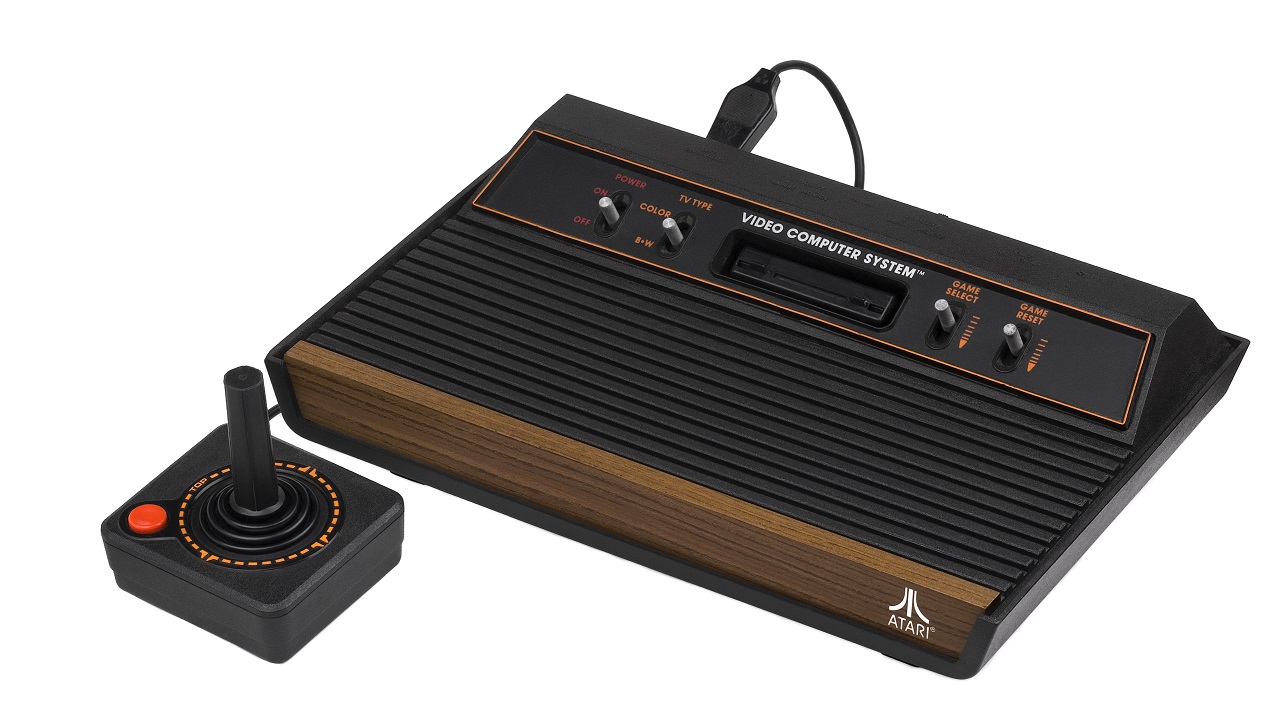
Throughout the 1970’s, companies like Magnavox released their new consoles hoping to beat their competition.
Due to its’ superior graphics and games, the Atari 2600, released in 1977, was able to dominate the industry for years.
It featured an innovative new cartridge-based system, superior graphics and arsenal of entertaining games.
It contained a chip called the “Television Interface Adaptor” running at 3.58 MHz that was used to generate audio/video signals.
Unlike the Odyssey, the Atari 2600 did have its’ own processor and memory.
Processor: 8-bit microprocessor @ 1.19 MHz.
Memory: 128 bytes of RAM memory and I/O functions and Cartridges that held 2-8 KB of ROM.
Display: had a color palette of 128 colors on a screen resolution of 320x200 pixels
Audio: dual generator audio system with 16 volume levels.
Third Generation

In Japan, Nintendo sold 2.5 million units of their new system called the Famicom.
When they expanded globally, they renamed it the Nintendo Entertainment System (NES).
It is famous for “Super Mario Bros”, the second-best selling video game of all time.
Processor: 8-bit microprocessor @ 1.19 MHz. Includes a graphics processor RP2CO2 PPU with a speed of 5.37 MHz.
RAM/Video RAM: 8 KB/16 KB
External Memory: Cartridges containing 1 MB of ROM.
Display: Resolution of 256x240 pixels. 64 colors available with 32 on screen. Max of 64 sprites.
Audio: 5 channel PSG.

Sega produced their own system specifically built to compete with the Famicom, the Sega Mark III.
When the NES released to America, Sega redesigned the Mark III and changed its’ name to the Sega Master System (SMS).
It possessed superior specs than the NES and two different game formats.
Processor: 8-bit microprocessor @ 3.58 MHz. Includes a custom video controller made from the TMS9918/9928 chip.
RAM/Video RAM: 2 KB/2 KB
External Memory: Cartridges held 256 KB of ROM and Sega Game Cards held 32 KB.
Display: Resolution of 256x240 pixels. 52 colors available with 25 on screen. Max of 16 sprites.
Audio: 4 channel PSG.
Fourth Generation
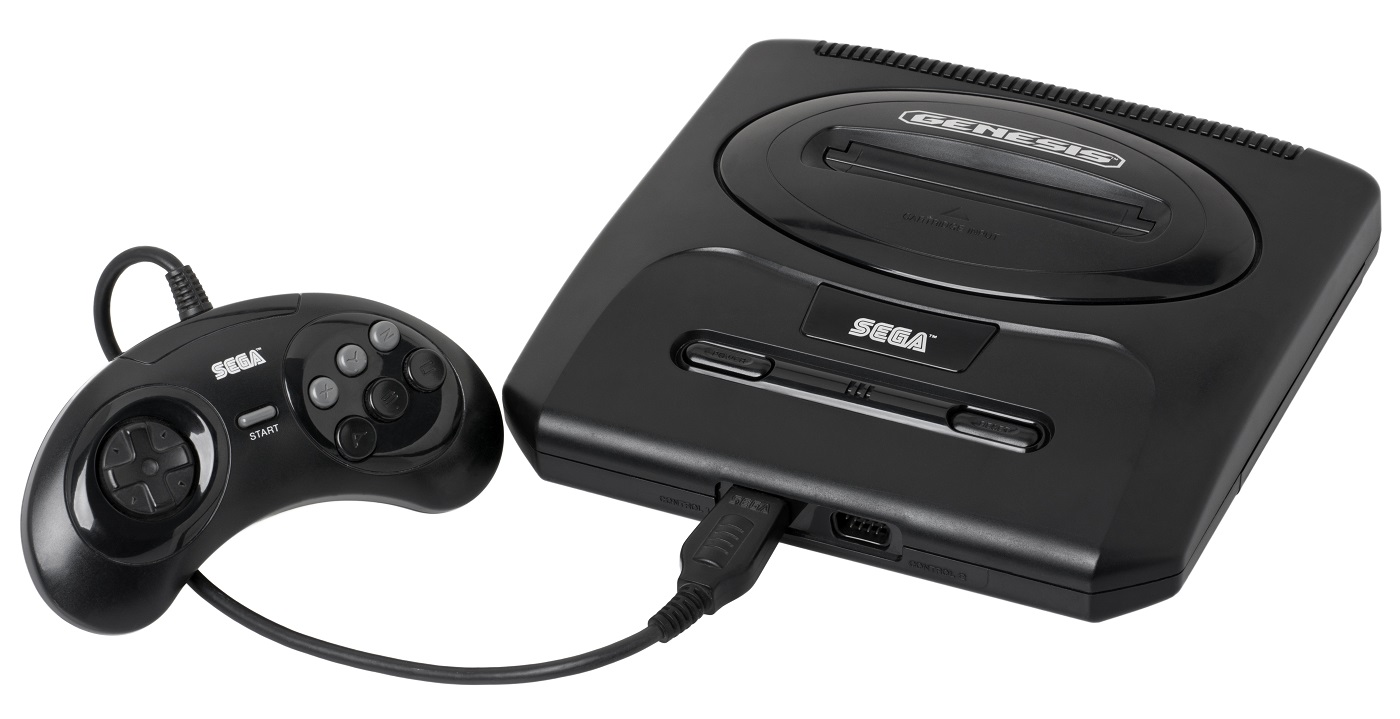
Sega struck first in 1988 when they released their new 16-bit console, the Sega Mega Drive/Genesis.
They quickly gained support from several video game developers, including Electronic Arts.
It pushed the limits with its’ new popular game called 'Sonic the Hedgehog'.
Processor: 16-bit processor @ 7.61 MHz. Included a co-processor running @ 4MHz.
RAM/Video RAM: 64 KB/64 KB.
External Memory: Cartridges held 4 MB.
Display: Resolution max of 320x224. 512 colors available with 64 on screen. Max of 80 sprites.
Audio: 6 channels of FM synthesis along with 3 channels of PSG.

The Nintendo Entertainment System set a high precedent as the bestselling console of its’ generation.
After the Sega Genesis came out, Nintendo had to develop a brand new console.
Nintendo finally answered two years later with their own 16-bit console, the Super Nintendo Entertainment System (SNES).
Processor: 16-bit processor @ 3.58 MHz. Included a 16-bit PPU graphics processor for video and an 8-bit Sony SPC700 for audio.
RAM/Video RAM: 128 KB/64 KB.
External Memory: Cartridges hold 14.8 MB.
Display: Resolution max of 512x478. 32,768 colors available with 256 on screen. Max of 128 sprites.
Audio: 8 channels from the 8-bit Sony SPC700.
Fifth Generation

Nintendo began a project for a CD-based game console and quickly teamed up with a Japanese electronics company called Sony.
After a disagreement, Sony began developing the new console alone.
Sony released their 32-bit PlayStation in 1994 and it later became the second best-selling home game console of all time.
Processor: 32-bit processor @ 33.8 MHz. Included 3D Geometry Engine and Data Decompression Engine co-processors.
RAM/Video RAM: 2 MB/1 MB.
External Memory: CD-ROM held 700 MB. Also had 1 MB memory cards.
Display: Resolution max of 640x480. 16.7 M colors available. Rendered 360,000 polygons/second.
Audio: 24 channels at 44.1 kHz.

Nintendo began making a much different 64-bit cartridge based console.
The Nintendo 64 was released in 1996 and was instantly successful.
The Nintendo 64 was the first successful 64-bit system and it was also the last of the “cartridge era”.
Processor: 64-bit processor @ 93.75 MHz. Included a 64-bit MIPS RISC "Reality Immersion" RCP co-processor @ 62.5 MHz.
RAM/Video RAM: 4-8 MB total.
External Memory: Cartridges held 64 MB. Small memory cards.
Display: Resolution max of 640x480. 16.8 M colors available. Rendered 150,000 polygons/second.
Audio: 64 channels at 44.1 kHz.
Sixth Generation
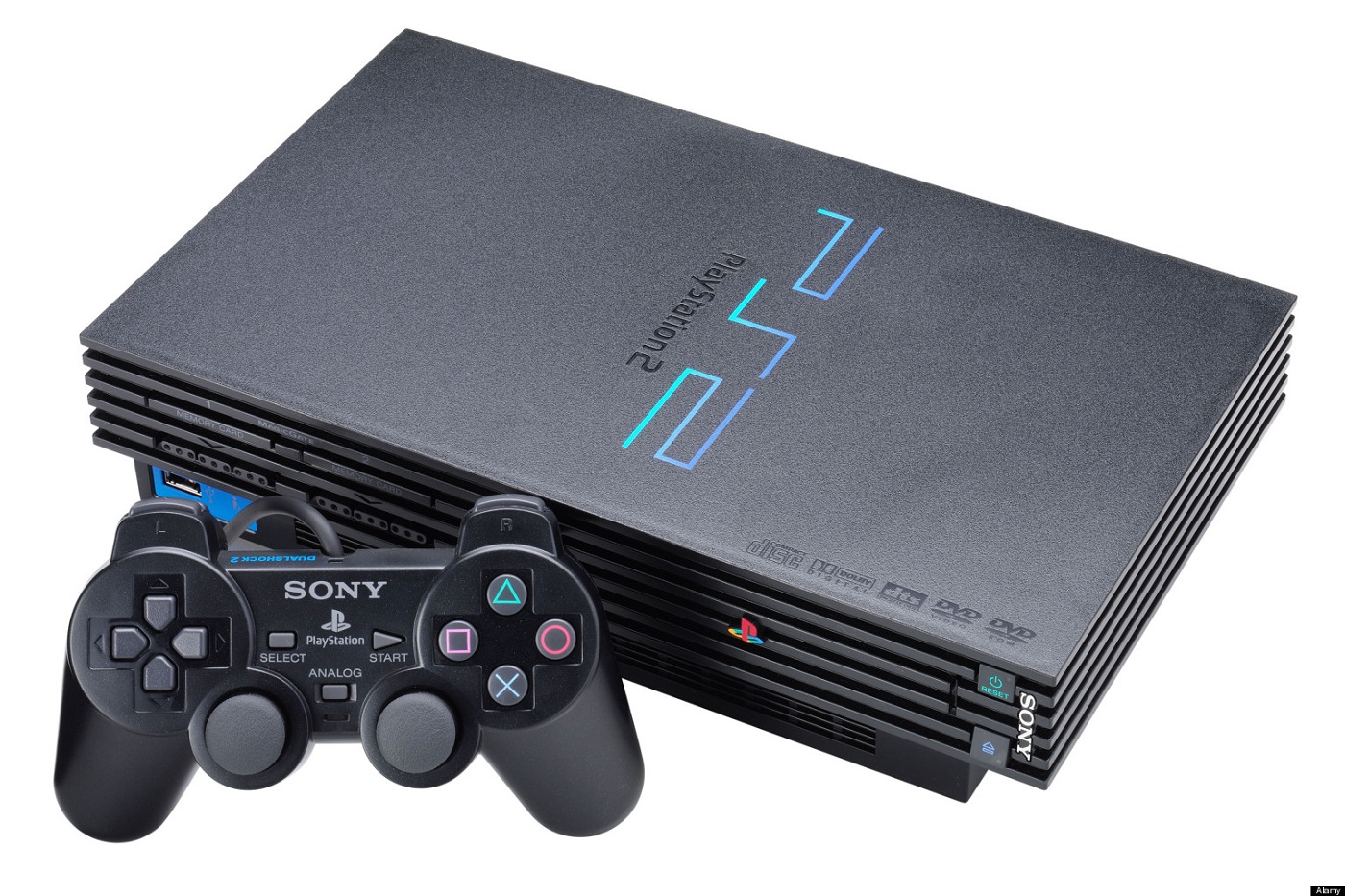
A new millennium brought a new system that promised the huge storage capacity of the DVD and the raw processing power of a chip called the "Emotion Engine“.
The fact that it would also be backwards compatible with the widely popular Sony PlayStation guaranteed the success of this new console.
Upon release, the PlayStation 2 sold over a million units in just a few days and eventually became the best selling console ever.
Processor: 128-bit Emotion Engine @ 294.9 MHz. Included a GPU at 147.456 MHz.
RAM/Video RAM: 32 MB/4 MB.
Memory: 4 MB of internal Storage. 8.54 GB DVD-ROMs. Various memory cards.
Display: Resolution max of 1280x1040. 16.7 M colors available. Render 150 M polygons/second.
Audio: Dolby Digital.
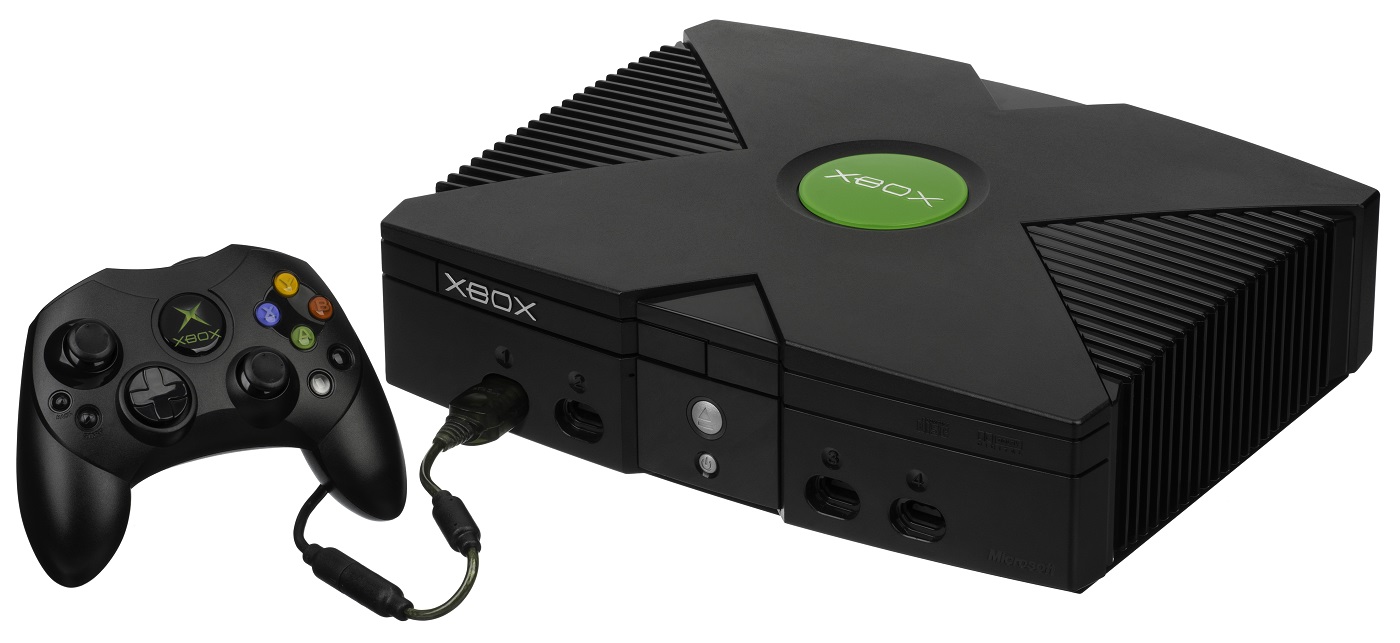
After creating the operating system that ran Sega Dreamcast, Microsoft decided to enter the console market.
In March of 2000 they announced their brand new Xbox video game console which would included all the latest innovative features like a network port for online gaming capabilities.
With Microsoft’s resources, the Xbox had an extravagant marketing campaign along with all the software developer support that it needed to appeal to gamers worldwide.
Processor: 32-bit Pentium III based processor @ 733 MHz. Included a GPU at 233 MHz.
RAM/Video RAM: 64 MB total.
Memory: 8 GB of internal storage. 8.54 GB DVD-ROMs. 8 MB memory cards.
Display: Resolution max of 1920x1080. 32-bit palette available. Render 150 M polygons/second.
Audio: Dolby Digital.
Seventh Generation
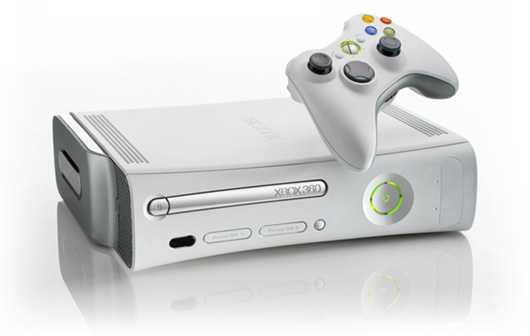
The Xbox sales were greatly overshadowed by the major success of the PlayStation 2.
However, Microsoft had succeeded in creating a name for themselves in the console market.
Microsoft soon began develpoing a new console and released their new Xbox 360 in November of 2005.
Processor: Triple-core @ 3.2 GHz. Included a GPU at 500 MHz.
RAM/Video RAM: 512 MB total.
Memory: 4-250 GB of internal storage. 8.54 GB DVD-ROMs. Various memory cards.
Display: Resolution max of 1080p HD. 32-bit color palette.
Extras: Included a network port for online gaming capabilities. Can use HDMI audio/video connection.

The sucess of the PlayStation 2 set high expectations for Sony.
When the Xbox 360 was released in November 2005, Sony was still hard at work trying to perfect their latest project.
Almost a year later in early November 2006, Sony finally released their new PlayStation 3.
Processor: Cell Processor Power @ 3.2 GHz. Included a GPU at 550 MHz.
RAM/Video RAM: 256 MB/256 MB.
Memory: 20-320 GB of internal Storage. 25-50 GB Blu-Ray disks. Various memory cards.
Display: Resolution max of 1080p HD. 32-bit color palette.
Extras: Included a network port for online gaming capabilities. Can use HDMI audio/video connection.
Eighth Generation
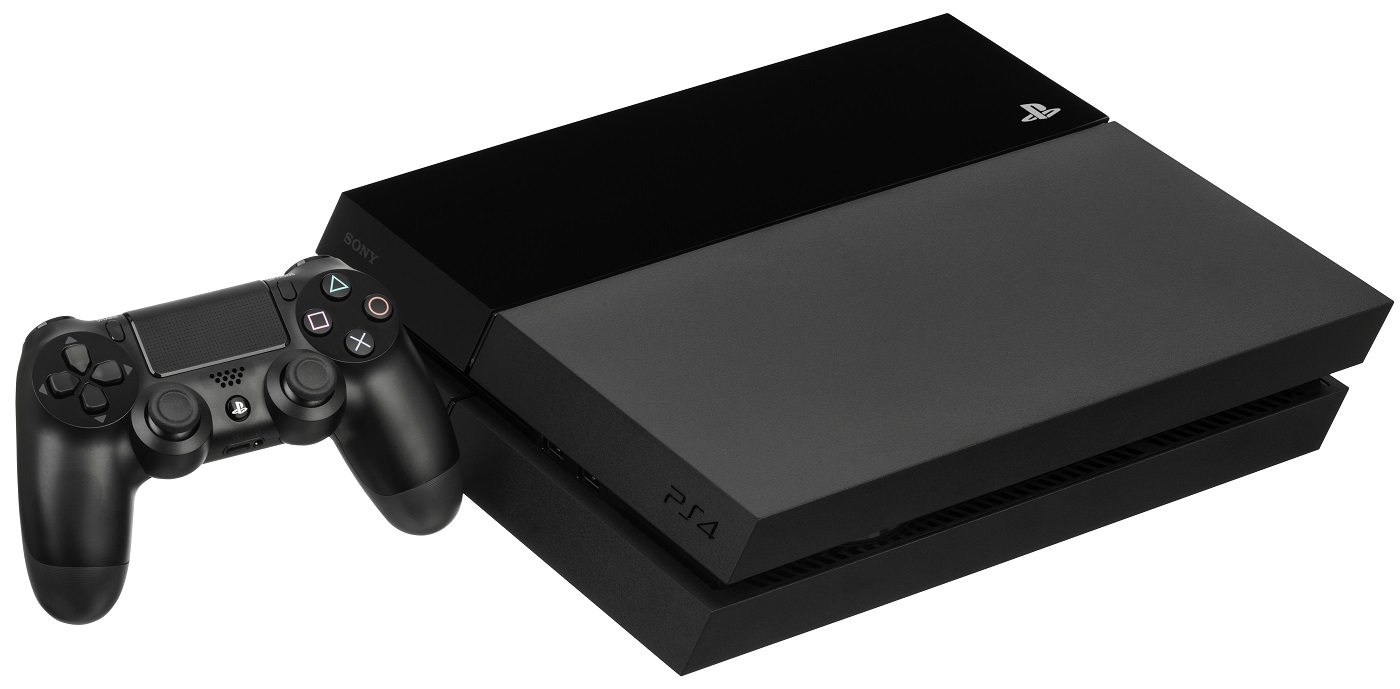
The processor in Sony's latest console would trade out pure speed for more cores.
Having 8 cores will allow it to tackle multiple tasks faster and handle more demanding games.
Almost 7 years after the PlayStation 3, Sony finally released their PlayStation 4 on November 15, 2013.
Processor: Semi-custom AMD 8-core APU @ 1.6 MHz. AMD Radeon GCN at 853 MHz.
RAM/Video RAM: 8 GB.
External Memory: 500 GB of internal Storage. 25-50 GB Blu-Ray disks. USB flash drives. Cloud Storage.
Display: Resolution max of 2160P. 32-bit color palette.
Extras: Includes a network port for online gaming capabilities and a motion sensing system. HDMI audio/video.
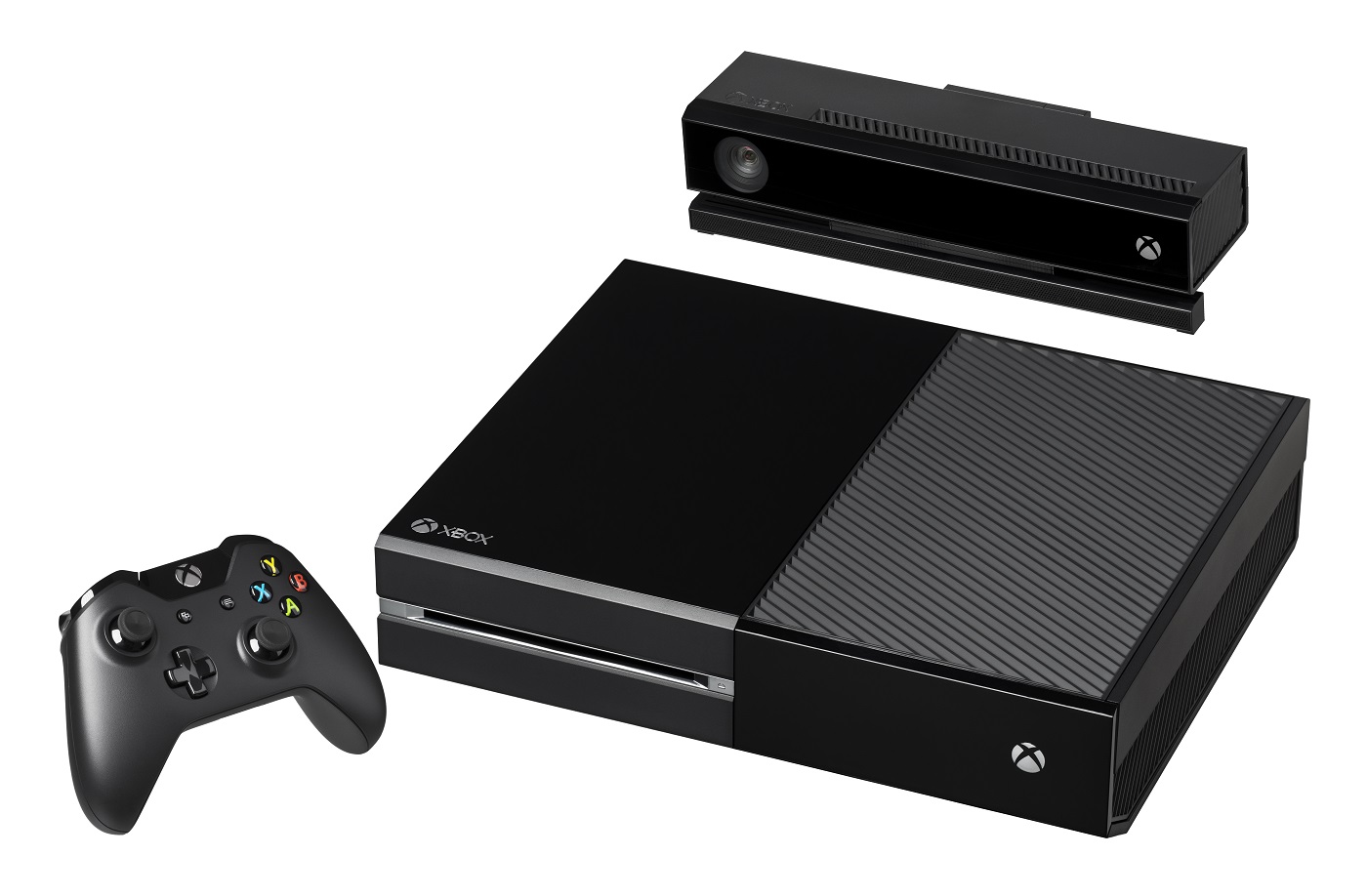
Microsoft also decided to trade out speed for more cores.
The hardware in Sony's PlayStation 4 and Microsoft's new console were very similar in terms of performance.
One week after the PlayStation 4 was released, Microsoft released their brand new Xbox One.
Processor: Custom AMD 8 core APU @ 1.75 MHz. AMD Radeon GCN at 853 MHz.
RAM/Video RAM: 8 GB.
External Memory: 500 GB of internal storage. 25-50 GB DVD-ROMs. USB flash drives. Cloud Storage.
Display: Resolution max of 2160P. 32-bit color palette.
Extras: Includes a network port for online gaming capabilities and a voice/motion sensing system. HDMI audio/video.